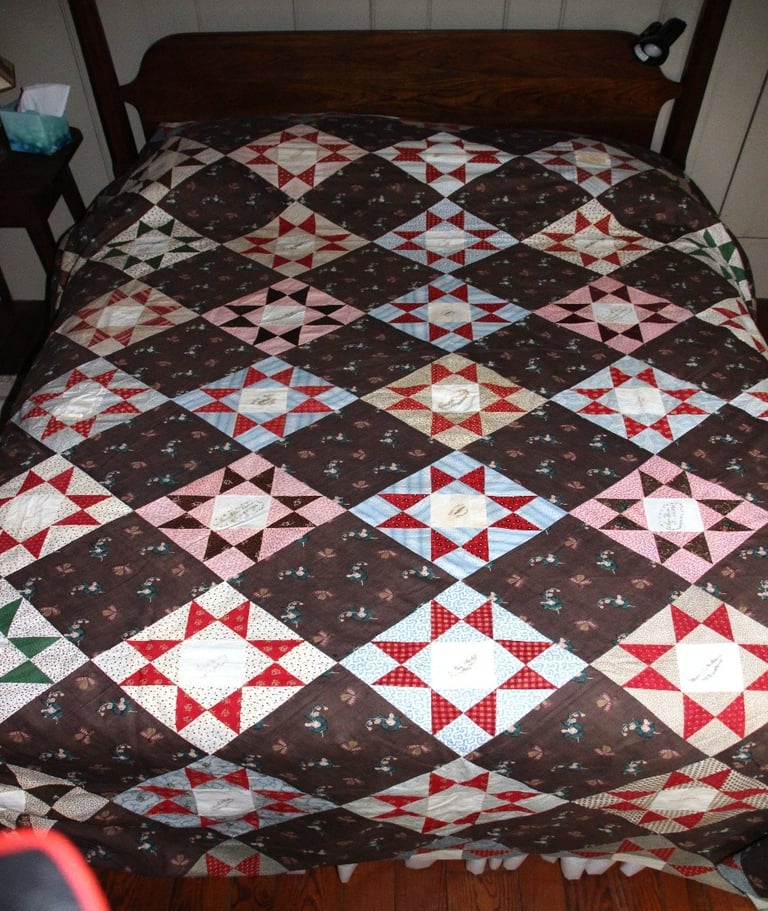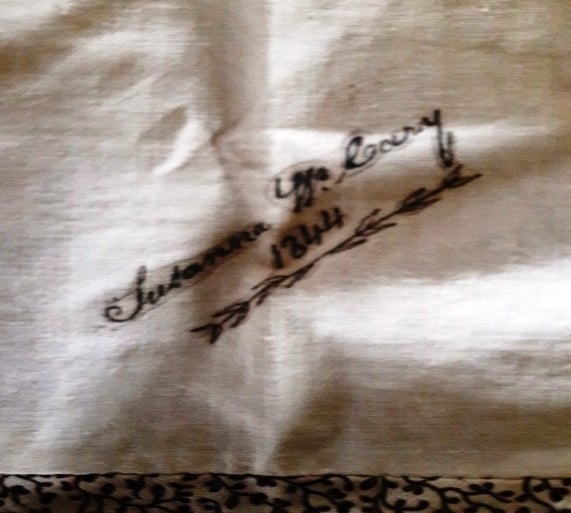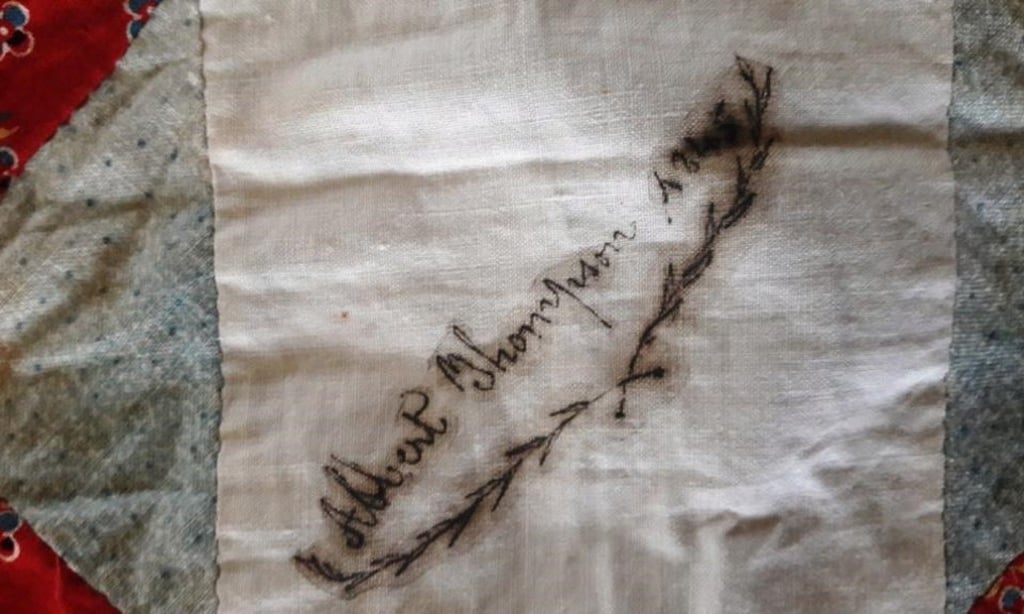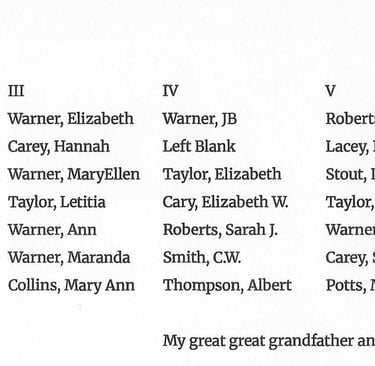The Beautiful Friendship Quilt 1840-1845
Friendship quilts bearing inscribed names, verses, and art work appeared in America in the 1840s, peaked in popularity in the 1850s, and then slowly declined as a favored quilt-type through the 1870s. By that time, the deprivation caused by the Civil War had begun to turn to prosperity and women turned to new fads in quilt making, especially the crazy-quilt that featured richer fabrics than cottons and were often embellished with ribbons, lace, beads, and embroidery.
The popularity of the inscribed friendship quilt during the nineteenth century was caused, in part, by the sense of community these quilts conveyed. They provided a way for family and friends to gather together to make something for a loved and respected member of their community - something that documented and commemorated that community and acknowledged significant life events such as marriage or the departure of families from their communities. The Thompson- Warner friendship quilt memorialized the wedding of Albert Thompson to Susanna Warner Cary in 1840 as well as a remembrance to many members of the family which had passed away. The architect of the quilt was Elizabeth W. Cary, sister of the bride. Members of the Religious Society of Friends, in particular, documented family and community relationships and events in this way. The Wrightstown Quaker Meeting in Bucks County, PA was home to many of the signature participants.
The Thompson-Warner Quilt consists of forty-nine Ohio Star quilt blocks (7 x 7) each containing a unique signature. The inscription of names on friendship quilts was accomplished by writing directly on quilt blocks in ink, stamping names or using name stencils applied by ink, or stitching names on blocks using embroidery or cross-stitch.
This quilt top has been lovingly preserved and passed down through five generations of the family. According to the curator of quilts at Winterthur Museum and the curator of Quaker textiles at Swarthmore College, this quilt top is one of the finest in existence. Text and pictures supplied by 9th generation James (Jim) Thompson. Thank you Jim!








